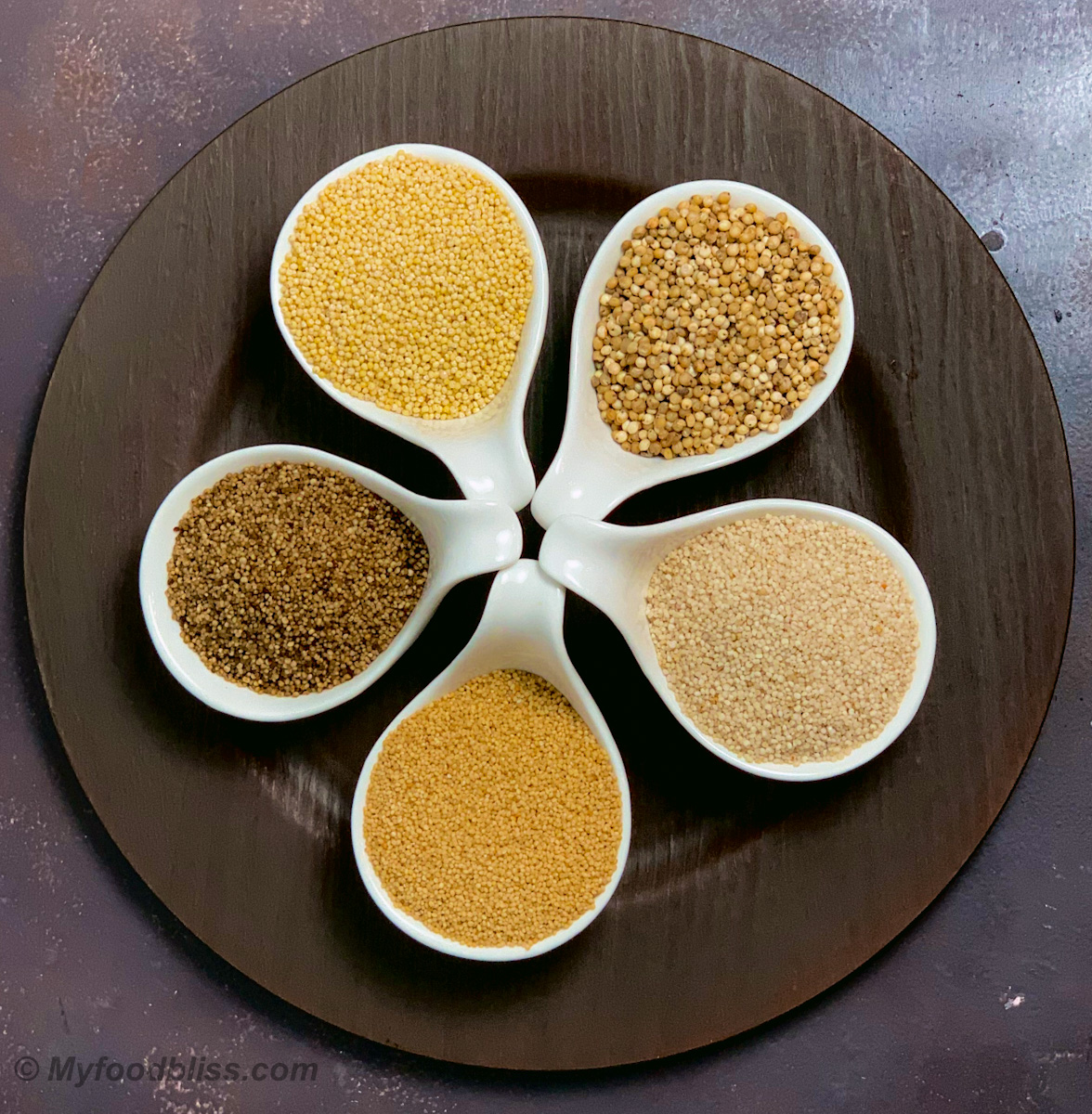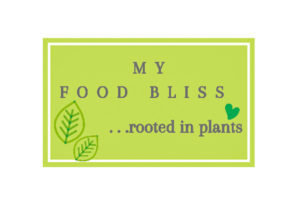The Magic of Millets.

Millets are a type of grains that have been in existence since at least 3500 BC, but started to gain the limelight very recently for all the right reasons. These small grains, the 6th cereal crop in terms of world agricultural production, are abundant sources of nutrition. Being about 3-5 times more nourishing than rice or wheat, millets are very much health promoting, especially for people with metabolic disorders. Thought to be originated in Asia, millets are widely grown now in India, Africa, and China. Up to at least 50 years ago, millets were widely consumed, until rice and wheat took over, supported by various agricultural policies. Given the metabolic pandemic we are living in dealing with obesity, heart disease, diabetes, stroke, in addition to cancer, many cultures have started to revive these ancient grains for the good of human kind.
Millets have been used widely, especially in North America as bird food or livestock feed. But these grains are a powerhouse of nutrition and it is time to explore them as a better alternative to rice or wheat. They make an excellent gluten free option in people with celiac disease.
What are the types of millets?
Common millets grown across the world are Jowar (Sorghum), Pearl Millet (Bajra), Finger Millet (Ragi), Foxtail Millet, Barnyard Millet, Kodo Millet, Proso Millet, and Little Millet.
Why should you add millets into your diet?
Rice and wheat are the most eaten grains in the world. But did you know that while the crude fiber content is less than 1.5 per 100g rice or wheat, most millets have between 6-11 g. of fiber/100g. This vital nutrient in your diet is extremely essential to maintain gut health, brain functioning, immunity, preventing cancer and inflammation. The presence of fiber in millets lowers the glycemic index, which means your blood glucose does not increase rapidly after you eat millets. And if you are dealing with obesity, high cholesterol, or diabetes, it is a boon to be able to eat to your heartful while keeping the metabolic issues in check.
Millets are abundant sources of many vitamins, minerals, essential amino acids, fatty acids, and phytochemicals that are valuable for multiple complex bodily functions. Depending on your health concerns, pick a few varieties and reap the benefits.
| Millet type | Known for/ Rich in |
| Finger Millet | Calcium, Phosphorus |
| Barnyard Millet | Highest fiber content, Iron |
| Little Millet | Essential fatty acids, Fiber |
| Pearl Millet | Iron, Magnesium, Protein |
| Proso Millet | Vitamin B3, Protein |
| Foxtail Millet | Lowest carbs, high mineral content |
| Sorghum | Iron, B-vitamins |
When you choose to eat millets, it is wise to rotate them, instead of sticking to one variety to have a diverse nutrient intake. There were reports associating consistent pearl millet intake to hypothyroidism, with studies done in rats. So, if you live in iodine deficient areas away from the seacoast, try to mix and match various millets and experience the variety of health benefits.
What are the best ways to eat millet?
Millets can be cooked just like rice, with abundant water. Millets have phytates and tannins in the outermost coating, which interfere with protein and zinc absorption. So, soaking in water for 2-4 hours prior to cooking is recommended. Also, germinating millets and then consuming them increases the bioavailability of the nutrients. If you have more time on your hands, try to soak them for 24 hours, then drain the water to germinate the millets over a few days. Sun-dry the sprouted millets before grinding them into flour. This flour can be used to make bread, snacks or any baking products.
Why are millets healthy for the planet ?
These little, but really gargantuan sources of nutrition come from plants that are drought resistant, which means they use less water. Also, the millet plants need less pesticides as they are naturally more pest resistant than rice or wheat. In addition, they can be grown in less fertile soils, arid climates, providing a constant and convenient food source for many regions of the world, especially the areas with food shortage. They are ideal choice of grains for humans as well as birds, livestock, providing food security across the biome.
